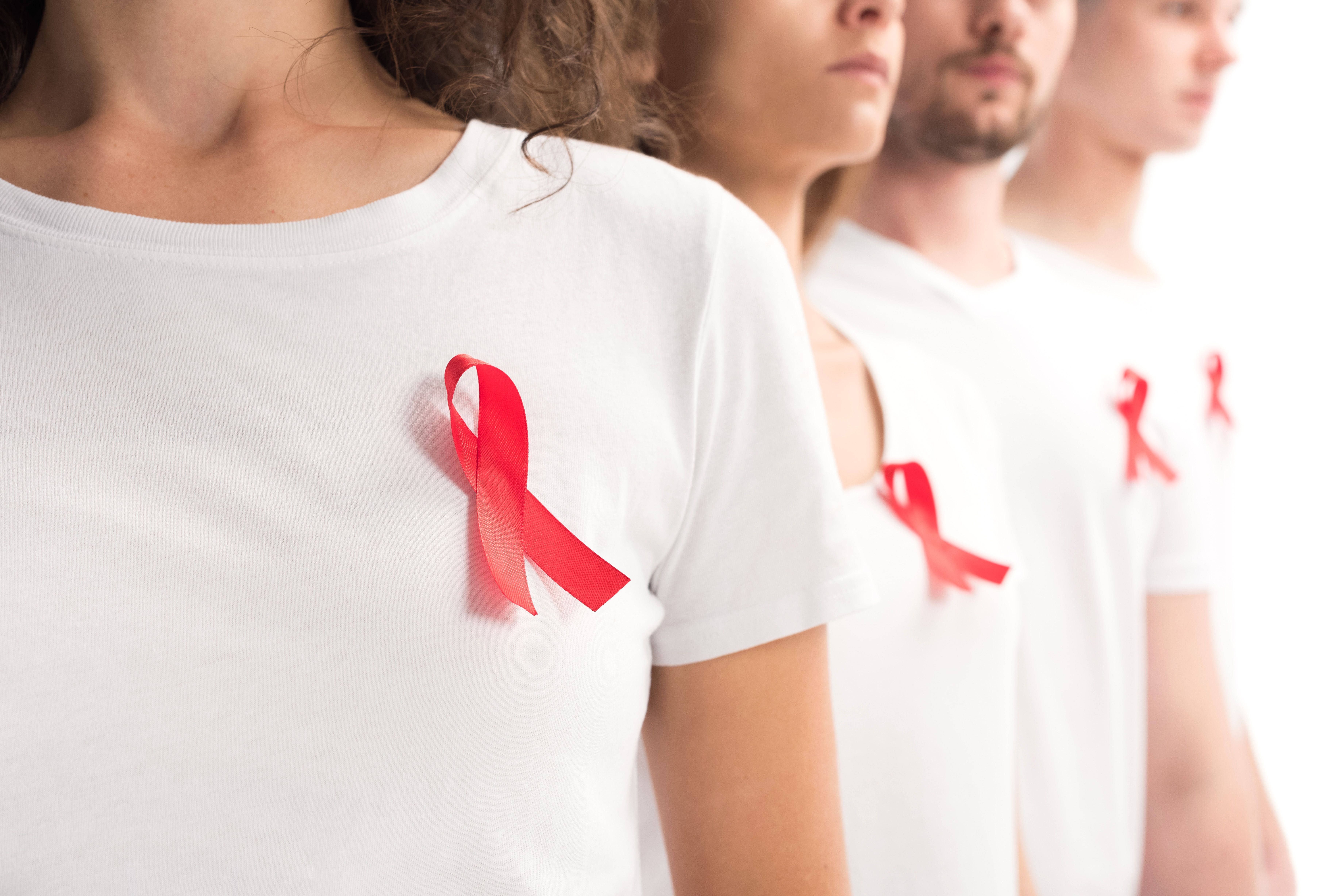Video
Incidence and Prevalence of MDR HIV
Ryan Haumschild, PharmD, MS, MBA, opens a panel discussion surrounding the incidence and prevalence of multidrug-resistant (MDR) HIV.
Ryan Haumschild, PharmD, MS, MBA: Hello and welcome to this AJMC® program, “Management of Multidrug Resistant HIV.” I am Dr Ryan Haumschild, director of pharmacy services at Emory Healthcare in the Winship Cancer Institute [Atlanta, Georgia]. Joining me today in this virtual discussion are my colleagues, Dr Michael Sension, former medical director for HIV clinical research at Broward Health [Fort Lauderdale, Florida]; Dr Maria Lopes, former chief medical officer at MagellanRx [Creskill, New Jersey]; and Daniel Driffin, co-founder at THRIVE SS [Atlanta, Georgia]. Today, our panel of experts will provide an overview of multidrug resistant [MDR] HIV [human immunodeficiency virus], how the disease presents and manifests, discuss standards of care for management, recent advances in pharmacotherapy, and discuss unmet needs and population health perspectives. Thank you and let’s begin.
Let’s get started and review the MDR HIV disease state overview, and talk about the affected patient population. If we can, let’s get started with Dr Sension. How is MDR HIV defined from a clinical perspective, and what is the incidence and prevalence of this disease?
Michael Sension, MD: Multidrug resistance is essentially exactly what it says, people who have HIV that is resistant to multiple medications within multiple classes of medicines. Through the years, through our advancement of science and understanding of HIV and how HIV works, we’ve been able to develop medications that target key steps required in viral replication. We’ve been able to develop medications to block these steps, such as non-nucleoside reverse transcriptase inhibitors [NNRTIs], protease inhibitors, integrase inhibitors, attachment inhibitors, and the most recent addition is a capsid inhibitor. What we’ve realized through the years is that resistance can occur rather simply when one has ongoing viral replication in the presence of subtherapeutic levels of a drug. Going back to the very first medications that were developed in the 1980s and ’90s, they had a relatively low barrier to the development of resistance. Through the years, people can develop more than 1 mutation to more than 1 medication, within more than 1 class, to the point where now I might have people who are resistant to 2 drugs, 3 drugs within a class, and then we look to another class and then another class.
There has been an attempt to assess this. There’s an organization called the Centers for AIDS Research Network of Integrated Clinical Systems, otherwise known as CNICS. It represents health care systems from Johns Hopkins [University], Harvard [University], UC [the University of California] San Francisco, UC San Diego, Case Western [Reserve University], and the University of North Carolina. They recently published, 2 or 3 years ago, in the Journal of Acquired Immune Deficiency Syndrome, looking at people who have developed resistance and subsequently have limited treatment options. This number has progressively gone down to the point now where it represents less than 1% of our HIV-treated population. Even within our discussion of those who have multidrug resistance, most people who have limited treatment options as a result of this are not viremic. So even within the subset of people who have multidrug resistance, most of them are virologically suppressed at this time due to the newer medications we have. What we’re left with is just a small percentage of people who are viremic with multidrug resistance, less than 1%.
Ryan Haumschild, PharmD, MS, MBA: Dr Sension, that was a great overview. I appreciate how you broke it down in terms of multidrug resistance and defined the patient populations. If you could, can you review some of the mechanisms of resistance that promote this multidrug resistance? I think it’s important for our viewing audience to understand that there is an individual population that’s more likely to get MDR HIV, but it doesn’t mean these patients were not adherent to their initial HIV regimens. I know you’ll probably hit on that a bit in this discussion.
Transcript edited for clarity.




